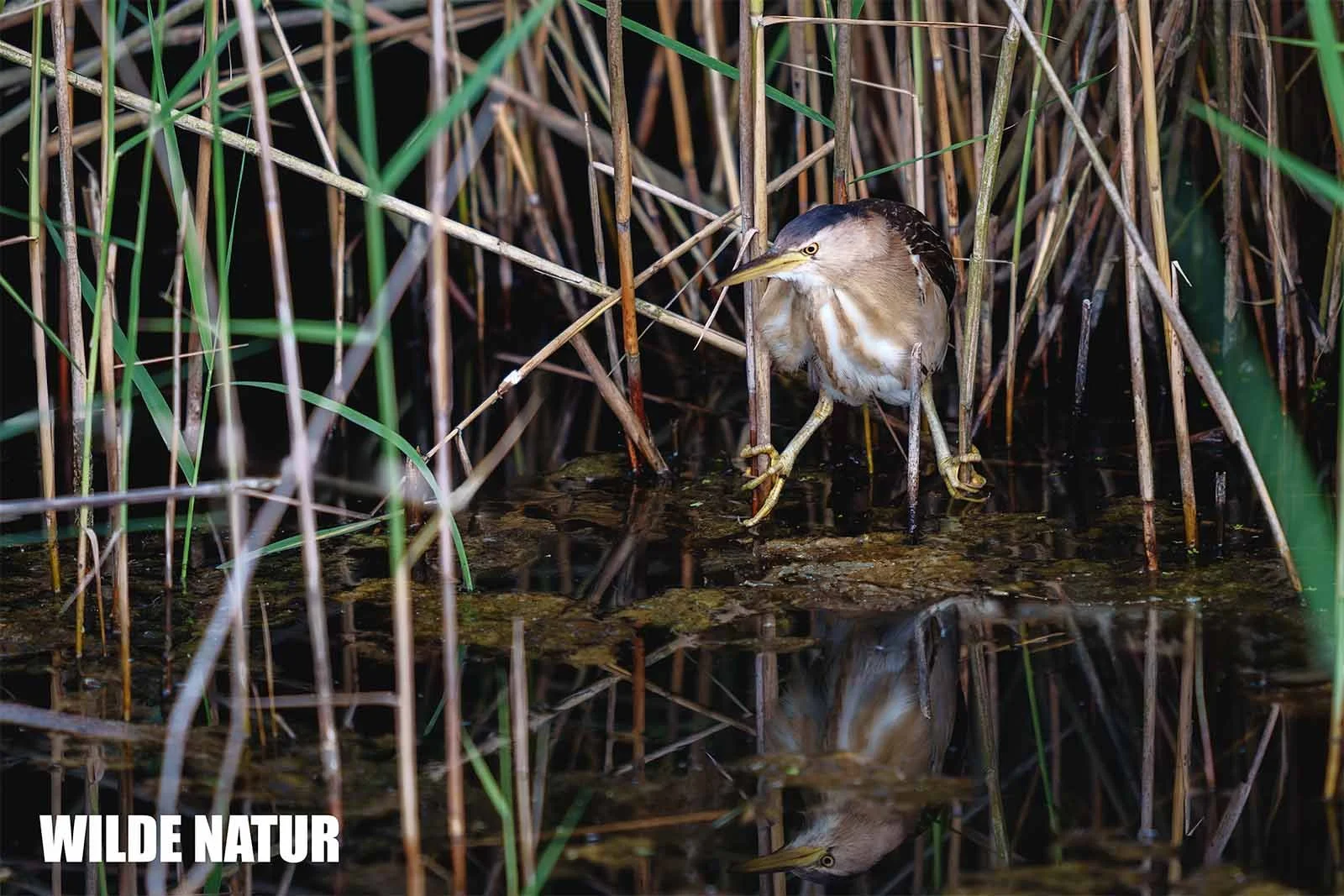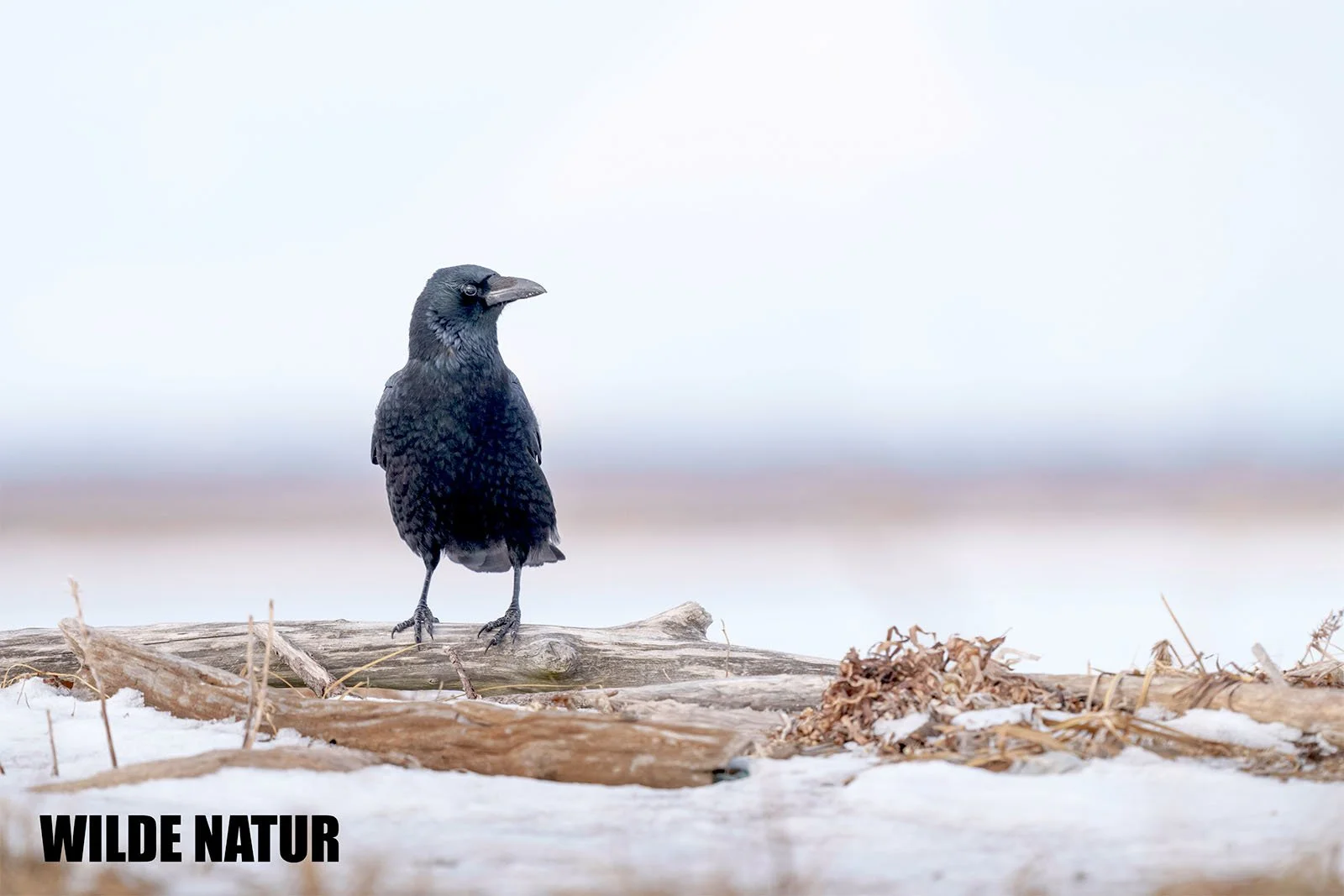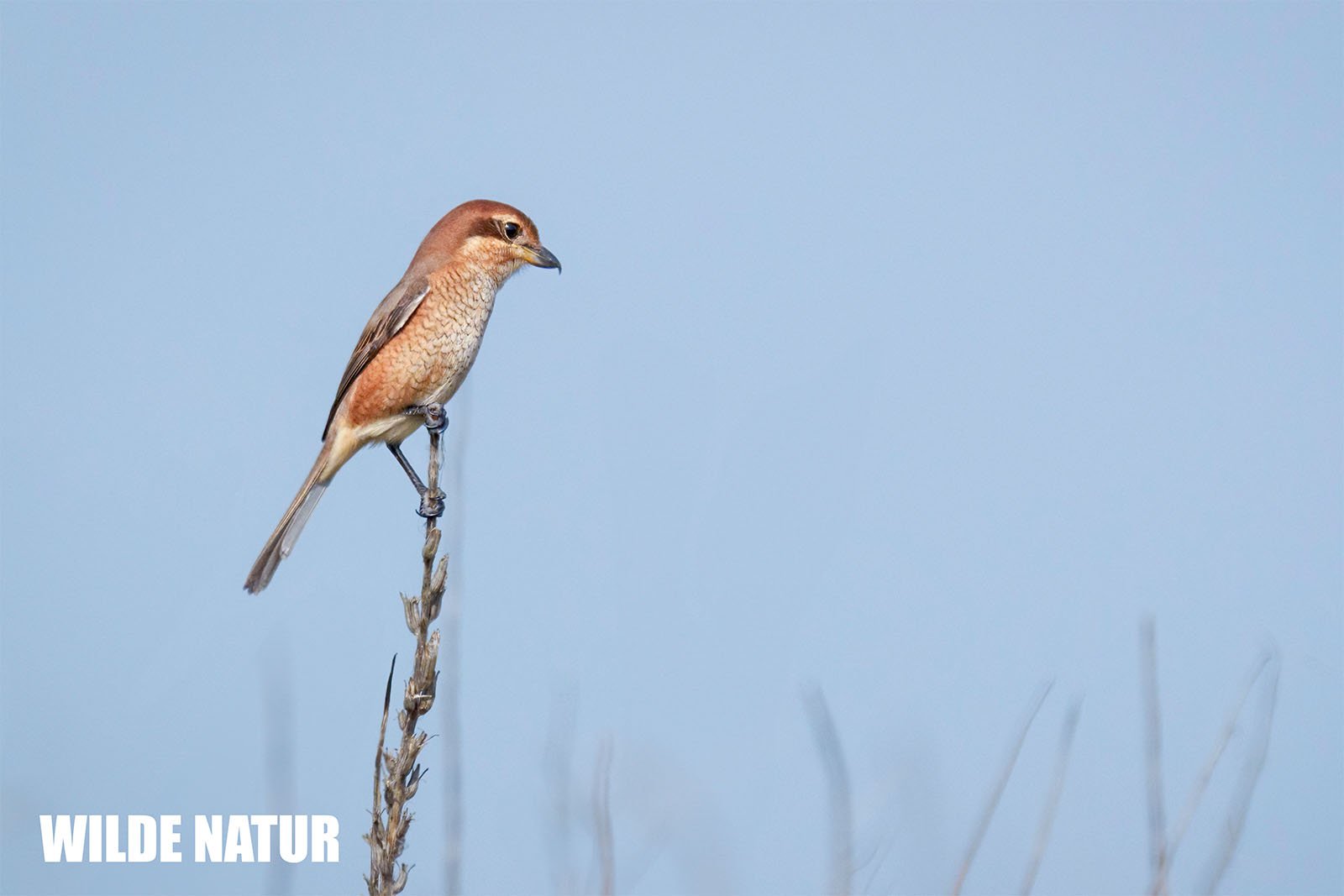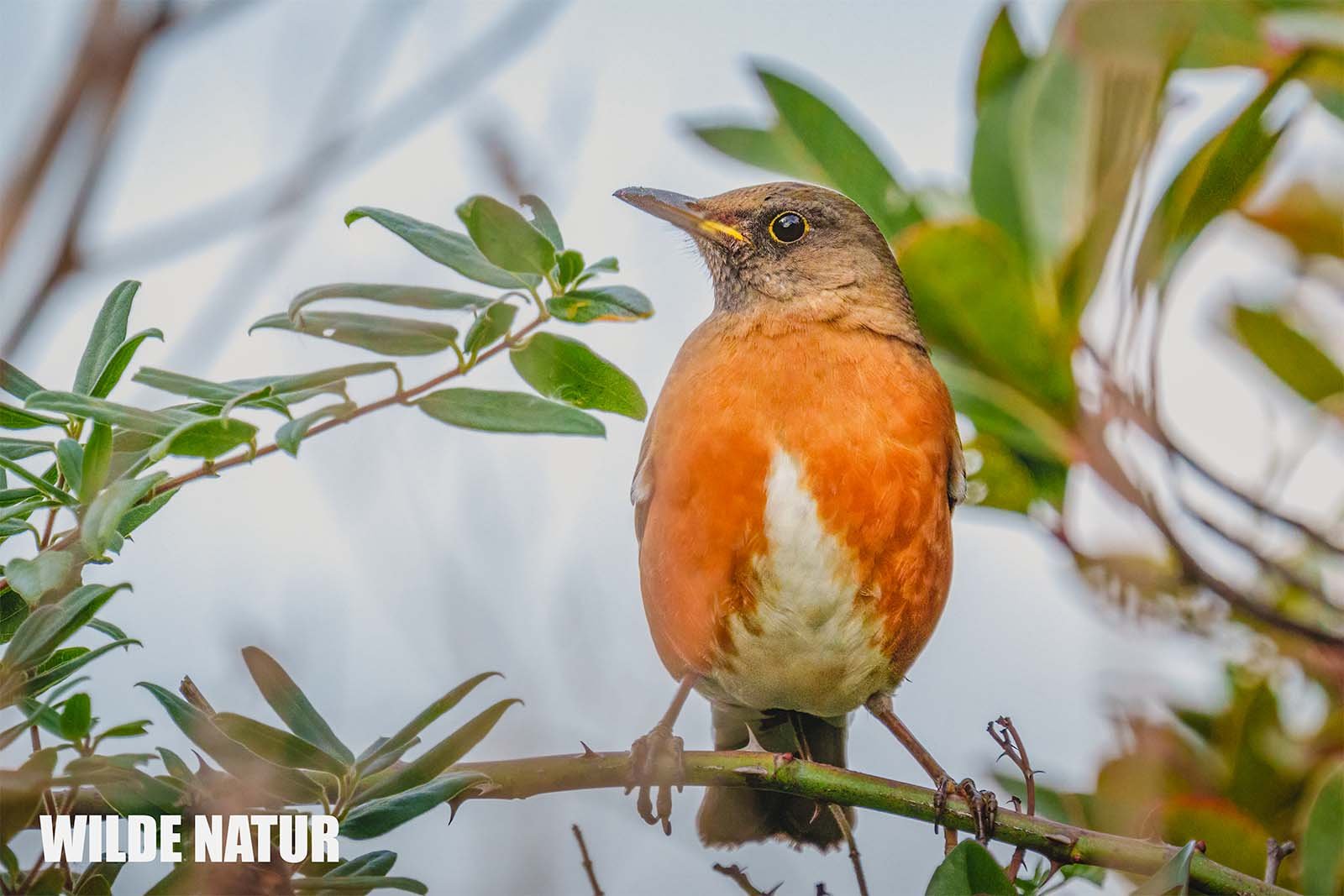Oriental Turtle Dove (Streptopelia orientalis)
Oriental turtle dove (Streptopelia orientalis) with distinct scale-like wing pattern stands on green, dewy grass. At Kyoto / Japan
Oriental Turtle Dove: Quiet Resident of Fields and Forests
The Oriental Turtle Dove (Streptopelia orientalis) is a calm, well-camouflaged dove common across Japan. Found in woodlands, towns, and parks—quiet but unmistakable.
Shortlist
Medium-sized dove with warm brown plumage and striped neck
Widespread in Japan: from Hokkaidō to Kyūshū
Lives in forests, temple gardens, suburbs, and farmland
Feeds on seeds and herbs on the ground
Non-threatened species, adaptable to human landscapes
Scientific Name: Streptopelia orientalis
English Name: Oriental Turtle Dove
Japanese Name: キジバト
Length: approx. 33–35 cm
Weight: 200–250 g
Plumage: Gray to reddish-brown with black scale patterns
Markings: White-and-black striped neck, pinkish breast
Diet: Seeds, berries, herbs
Breeding Season: April to August
Clutch Size: 2 eggs; multiple broods per year
Year-Round Behavior: Mostly resident, with some migratory visitors
Habitat: Forest edges, parks, fields, urban greenery
Conservation Status: Common and not endangered
Table of Contents
- Introduction
- Appearance
- Habitat
- Diet
- Breeding
- Year-Round Behavior
- Population and Conservation
- Species Overview
- FAQ – Key Questions
Introduction
Larger than the city pigeon and more refined in appearance, the Oriental Turtle Dove is a quiet but frequent companion in Japan’s daily life. With its calm manner and soft tones, it fits perfectly into temple gardens, rural lanes, and city parks. Often overlooked, this bird thrives at the border of forest and settlement—and blends into the background unless you take a closer look.
Appearance
The Oriental Turtle Dove measures around 33–35 cm and weighs up to 250 grams. It’s medium-sized but visually distinctive due to its fine patterning and warm tones.
Identifying Features:
- Soft gray to reddish-brown plumage
- Black-edged feathers on wings, forming a scaly pattern
- Striking black-and-white striped patch on the nape (“zebra stripe”)
- Pinkish hue on the chest, paler gray on the belly
- Red eyes with a pale gray ring
- Broad tail with a prominent white terminal band visible in flight
Its movements are smooth and steady—often seen walking on the ground or perched quietly in trees.
Habitat
This dove is widespread across Japan, from Hokkaidō to Kyūshū. Its range spans both rural and urban landscapes.
Typical locations:
- Forests and wooded edges
- Farmlands, rice fields, and temple gardens
- Parks, cemeteries, and village edges
- Residential areas with enough trees or hedges
It needs a mix of open ground for foraging and shrubs or trees for shelter and nesting.
Diet
The Oriental Turtle Dove forages primarily on the ground, moving slowly and methodically.
Common foods:
- Seeds and grains
- Small fruits and berries
- Grasses and soft herbs
You’ll usually spot them in pairs or alone, though small groups also occur. When startled, they fly up with a distinct, rattling wingbeat—a sound that can seem almost like an alarm call.
Breeding
The breeding season runs from April to August, sometimes earlier in warmer regions.
Breeding traits:
- Nest: a simple shallow twig platform
- Placement: in trees, shrubs, or even on buildings
- Clutch size: 2 eggs per brood
- Both parents incubate and feed
- Fledging: chicks leave the nest after about 14 days
- Multiple broods per year are common
Nests are often well hidden in foliage and are rarely noticed despite the species’ abundance.
Year-Round Behavior
Most individuals are resident birds that stay in the same region throughout the year. However, the species also includes migratory visitors.
Behavioral notes:
- Winter visitors arrive from Siberia and northern Asia
- Local movements occur in response to weather and food
- In winter, populations can increase notably in certain regions
Resident doves and migrants often mix, especially in southern Japan.
Population and Conservation
The Oriental Turtle Dove is:
- Abundant and widespread in Japan
- Not threatened
- Highly adaptable, thriving in human-modified environments
It benefits from rural habitats, low-density urban areas, and mixed-use green zones. Its presence in temple gardens and roadside trees shows just how well it fits into Japan’s cultural and ecological fabric.
Species Overview – Oriental Turtle Dove
| Feature | Description |
|---|---|
| Scientific Name | Streptopelia orientalis |
| English Name | Oriental Turtle Dove |
| Japanese Name | キジバト |
| Length | 33–35 cm |
| Weight | 200–250 g |
| Plumage | Gray to reddish-brown, black-edged feathers |
| Markings | Striped nape, pink chest, pale gray belly |
| Diet | Seeds, berries, herbs |
| Breeding Season | April to August |
| Clutch Size | 2 eggs; multiple broods per year |
| Year-Round Behavior | Mostly resident; partial migration in colder regions |
| Habitat | Forests, fields, temple gardens, parks, residential edges |
| Conservation Status | Common, stable, not endangered |
FAQ – Key Questions About the Oriental Turtle Dove
1. Where can I find this species in Japan?
Everywhere—from northern Hokkaidō to southern Kyūshū—in forests, gardens, parks, and suburbs.
2. What sound does it make?
It gives a soft, rhythmic cooing call—calm and low-pitched. When taking off, its wingbeats create a loud rattling sound.
3. Does it migrate?
Most are residents, but winter visitors from Siberia join them in southern Japan.
4. How many eggs does it lay?
Usually two per brood, and it can raise several broods in one season.
5. Is it considered threatened?
No. It’s one of Japan’s most common and stable dove species, well adapted to changing landscapes.





















